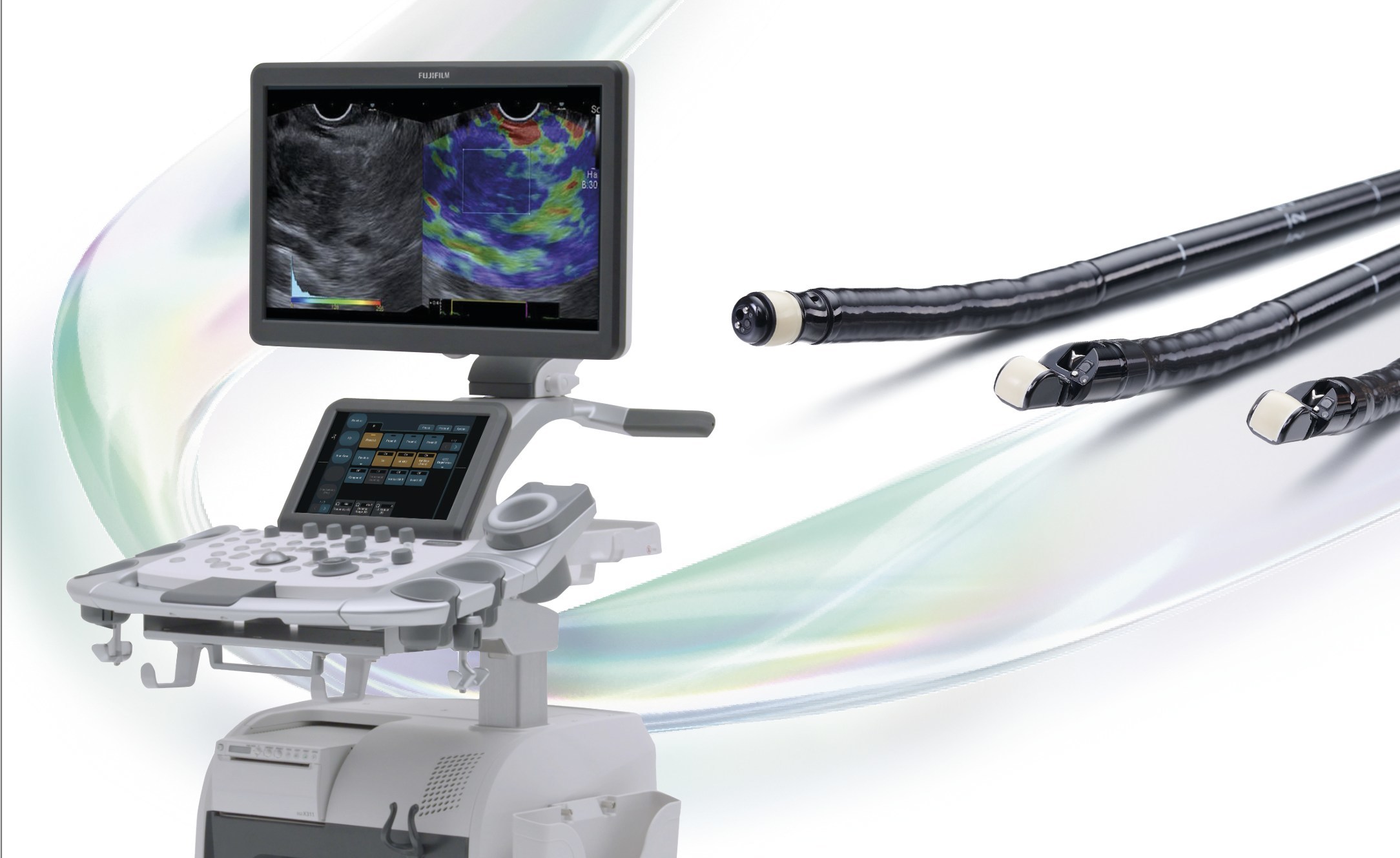
PENTAX Medical launches a new ultrasound system in Canada
by CM Staff
The J10 Series Ultrasound Gastroscope and ARIETTA 65 PX tries to provide clinicians with an improved product.

Shown is the ARIETTA 65 PX and J10 Series Ultrasound Gastroscopes
MISSISAUGA — PENTAX Medical, a healthcare industry manufacturer of diagnostic and therapeutic endoscopy solutions, announced the Canadian launch of their new Performance Endoscopic Ultrasound (EUS) system; a combination of the new ARIETTA 65 PX ultrasound scanner and their J10 Series Ultrasound Gastroscopes.
The ARIETTA 65 PX Performance ultrasound scanner is reportedly built for the endoscopic ultrasound practitioner that is trying to focus on productivity. The system delivers imaging through its combination with the J10 Series Ultrasound Gastroscopes, to efficiently manage high case volumes with ease.
“With the ARIETTA 65 PX Performance EUS system added to our portfolio, that includes the ARIETTA 850 PX scanner and J10 Series Ultrasound Gastroscopes, we are providing our valued customers with the Power of ChoiceTM, that enables them to deliver enhanced patient care with two exceptional systems, each adapted to their needs.” says David Harrison, Chief Commercial Officer, PENTAX Medical Americas.
The J10 Series Ultrasound Gastroscope and ARIETTA 65 PX reportedly provides clinicians with:
- Image Quality
- Improved border delineation, stronger contrast, and deeper penetration are combine to deliver unparalleled image quality.
- Diagnostics Tools
- Rely on enriched diagnostic tools like Real-Time Tissue Elastography amongst other advanced technologies, that provide additional data to support clinical diagnostic confidence.
- Therapeutic Access
- Depend on exclusive therapeutic access with the J10 Series Ultrasound Gastroscopes designed for optimized procedural efficiency when delivering advanced interventions. Shorter rigid distal section lengths, increased tip deflection, and a smaller bending radius deliver increased maneuverability and device control.